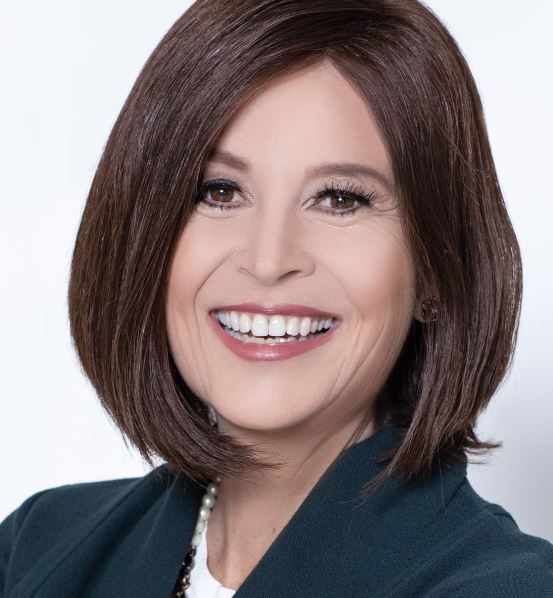First learn about effective goal-setting, then choose goals for the next stage of your personal branding effort.
Executive personal branding is something you can nurture over time. On the other hand, you can expect to build your brand faster and better when you set effective short-, medium- and long-term goals.
Since I hail from Pennsylvania, nicknamed “the keystone state,” I like to call the executive personal branding goals I help my clients set “keystone” goals.
Pennsylvania got its keystone moniker for its position as the middle colony of the original 13—and because it’s shaped like the keystone in an arch—the key building block that holds the whole structure in place. In keeping with this, my clients’ keystone goals play a central role in their work to use the time-proven ETA™ process to excavate, tell and affirm their executive personal brands—so they will not only know with conviction their unique reason to serve but always be ready to talk with others about it.
Later in this blog, I’ll list some goals you could set depending on which stage you are in the executive personal branding process. But first, let’s talk about how to effectively set goals that will help you with your branding efforts.
Effective Goal-Setting for Executive Personal Branding
If you Google “effective goal-setting,” you’ll get a lot of results. Here are five strategies I recommend to my executive personal branding clients:
- Make the goal specific. Compare these two goals: “I will improve my personal brand” and “I will practice my elevator statement until I can recite perfectly in every situation.” Clearly the second goal in this list is more specific.
- Make the goal measurable. Compare these two goals: “My executive personal branding work will help me make my website more beautiful” and “The newsletter I use to promote my brand will have a 20% open rate for each issue.” If beauty is in the eye of the beholder, it will be very difficult to measure! Definitely go with a more measurable goal like the second one here.
- Make the goal timely. Compare these two goals: “I will use LinkedIn to gather 10 leads” and “I will use LinkedIn to gather 10 leads by the end of the second quarter.” Deadlines can be incredibly motivating and helpful.
- Write down your goals. Busy people like healthcare executives can understandably get focused on the tasks of a particular day. That can make it easy to forget the executive personal branding goals they set a month, a quarter, six months or even a year ago. If you write your goals down, you can always pull them out and refresh your memory.
- Have an accountability plan. One strategy I’ve used to keep myself on track is asking a colleague to be my accountability partner—to check in with me about how I’m coming along on a particular goal. Other people plan rewards for when they achieve a key milestone. Know what works for you and do it!
Sample Keystone Goals for Your Branding
Now that you’ve thought about the foundations of goal-setting, let’s talk about some goals that might work well for you for each stage of the ETA process.
A great goal to set when you’re excavating your brand might be: “By the end of this quarter, I will review each of the 10 questions from the ETA process and see which one resonates with me.”
A goal to set when you’re preparing to tell your clients and prospects about your brand might be: “By May 31, I will ensure that my LinkedIn profile reflects everything I know about my executive personal branding.”
And finally, as you affirm your brand, you might set this goal: “By Oct. 31, I will collect feedback from people I trust about the executive personal branding work I’ve done so far and use that feedback to finish writing my elevator pitch.”
Revealing Genius would like to support your executive personal branding goals. I hope you’ll sign up for our free monthly e-newsletter by adding your email at the bottom of this webpage. You will also find a great deal of valuable information about executive personal branding in the complimentary resource accessible from the Revealing Genius homepage.

